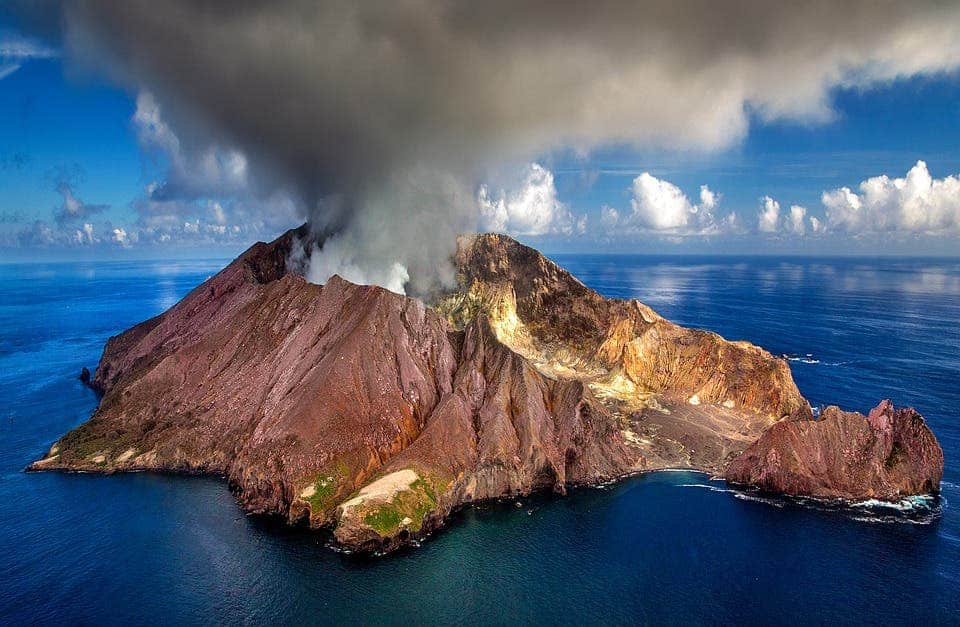Climate change might make volcanic eruptions more frequent and powerful, according to a new study which established a correlation between ice cover and volcanic activity.

Scientists know of countless episodes in the planet’s history when volcanic eruptions have caused changes in the climate. For instance, the largest volcanic eruption in recent history, the 1991 blast of Mount Pinatubo in the Philippines, caused temperatures to drop worldwide and Asian rain patterns to shift temporarily.
The Pinatubo eruption increased aerosol optical depth in the stratosphere by up to 100 times the normal levels measured prior to the eruption. Over the next 15 months, global average temperature dropped by about 1 degree F (0.6 degrees C).
However, having the climate influence volcanism, and not the other way around, sounds counterintuitive. British researchers at the University of Leeds claim there’s indeed a relationship. Their study examined Icelandic eruptions from 5,500 to 4,500 years ago, recorded in the ash that settled over Europe’s peat bogs and lakes. This period was characterized by a cooling trend, though not quite an ice age.
The researchers found that there were fewer volcanic eruptions once the climate cooled and ice cover increased. What’s more, the eruptions themselves were weaker, tending to have a smaller magnitude.

According to Graeme Swindles, an associate professor of Earth system dynamics at the University of Leeds, this happens because a cooler climate favors ice buildup. The extra mass amplifies “surface loading”, restricting the flow of magma below the surface. The more ice that gets deposited over the crust, the bigger the impact it seems to have on magma flow.
“The human effect on global warming makes it difficult to predict how long the time lag will be but the trends of the past show us more eruptions in Iceland can be expected in the future,” Swindles said in a statement.
“These long term consequences of human effect on the climate is why summits like COP are so important. It is vital to understand how actions today can impact future generations in ways that have not been fully realised, such as more ash clouds over Europe, more particles in the atmosphere and problems for aviation. “
The reverse also holds. When the climate warmed and glaciers melted — as we’re experiencing today — volcanic eruptions became more frequent and bigger. That’s because the decreased surface pressure now allows the magma to easily erupt to the surface.
That doesn’t necessarily mean that eruptions will become more frequent in the near future. Swindles and colleagues found that there’s a 600-year lag between glacier buildup and diminishing volcanic activity. Global average temperatures have risen by nearly 1 degree C in the last 170 years, so it might be a while before we see a significant uptick in volcanism.
Scientific reference: Graeme T. Swindles et al. Climatic control on Icelandic volcanic activity during the mid-Holocene, Geology (2017). DOI: 10.1130/G39633.1.


